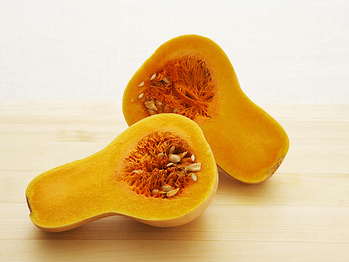Are you dealing with pain, obesity, ADD/ADHD, peripheral neuropathy, diabetes, heart disease, stroke, migraines, thyroid issues, dental issues, or cancer? If so, then you are dealing with inflammation in the body. Inflammation affects every aspect of the body and is the leading cause of many diseases.
Now, inflammation alone isn’t a bad thing. It serves a purpose when you sprain your ankle or get a cut on the skin. It is the bodies natural way of defending itself. So, what are we doing that is causing it to always be in defense mode? Well, the majority of inflammatory diseases start in the gut with an autoimmune reaction which progresses into systemic inflammation. The gut is made up of an incredibly large and intricate semi-permeable lining. Every time we eat something we are bringing the outside world of toxins, viruses, yeast, and bacteria into the body. If our gut lining is damaged (this is known as Leaky Gut Syndrome ) these particles pass through that lining and end up in the blood stream. Because these particles do not belong in the blood stream your body views them as foreign invaders and starts to attack them. Your body then responds with inflammation, allergic reactions, and other symptoms that are related to a variety of diseases.
This will then cause your immune system to become overburdened, and these inflammatory triggers are cycled continuously through your blood where they affect nerves, organs, connective tissues, joints, and muscles. You can probably begin to see how diseases develop.
To truly be effective at managing or hopefully overcome a disease it needs to be addressed on all levels. Taking a look at where this process starts is the key. However, most doctors are utilizing pharmaceuticals in lieu of getting to the root cause.
Since inflammation is commonly mediated by the gut it is a logical starting point in the evaluation process of any patient. There are seven common areas that should be considered when looking at causes of leaky gut which create the environment for chronic inflammation. They are listed below along with key triggers within the category of evaluation:
- Diet: Alcohol, Gluten, Casein, Processed Foods, Sugar, Fast Food
- Medications: Corticosteroids, Antibiotics, Antacids, Xenobiotics
- Infections: Such as Yeast or Bacterial Overgrowth (Candidiasis) or Viral or Parasite Infections
- Stress: Increased Cortisol, Increased Catecholamines
- Hormonal: Thyroid, Progesterone, Estradiol, Testosterone
- Neurological: Brain Trauma, Stroke, Neuro-degeneration
- Metabolic: Glycosylated End Products (inflammatory end products of sugar metabolism), Intestinal Inflammation, Autoimmune
The truth of the situation here is that FOOD MATTERS. That’s right, it’s not just a movie (which by the way you should all watch!). Hyper-permeability of the gut, regardless of whether you can feel it or not, is often a significant cause of an extremely long and ever growing list of conditions. The inflammatory cascade that takes place by any inflammatory trigger (diet, medications, infections, stress, hormonal, neurological, or metabolic) can break down the intestinal permeability and allows for the leaky gut mechanism to initiate.
Inflammation is rampant. In fact the research says that 1 in 12 women and 1 in 24 men are dealing with full blown autoimmune mediated inflammation. The number of undiagnosed people is going to be much higher.
If you are dealing with inflammation then you should get a comprehensive evaluation to look at what is perpetuating your personal inflammation. Here are three things to start paying attention to:
- Lifestyle: Remove adverse mechanisms (Stress, over-exercising, poor Sleep, blood sugar dysregulation, poor social behaviors.) Lifestyle factors are huge! The stress response triggers immune markers which is the fast track to Autoimmunity.
- Lifestyle: Restore beneficial mechanisms: Create conditions of love and appreciation, keep positive attitudes, maintain proper exercise, have adequate sleep, receive acupuncture for stress relief, restore blood sugar balance, and facilitate healthy social interactions.
- Dietary Support: Stabilize blood sugar, remove food Autoimmune triggers, and promote intestinal integrity with proper flora and nitric oxide and glutathione pathways. Include fermented foods and supplement appropriately as may be needed.
Remember, a wide array of health problems, including but not limited to: chronic pain, obesity, ADD/ADHD, peripheral neuropathy, diabetes, heart disease, stroke, migraines, thyroid issues, dental issues, and cancer are all rooted in inflammation, which must be properly addressed if you wish to be healed.



